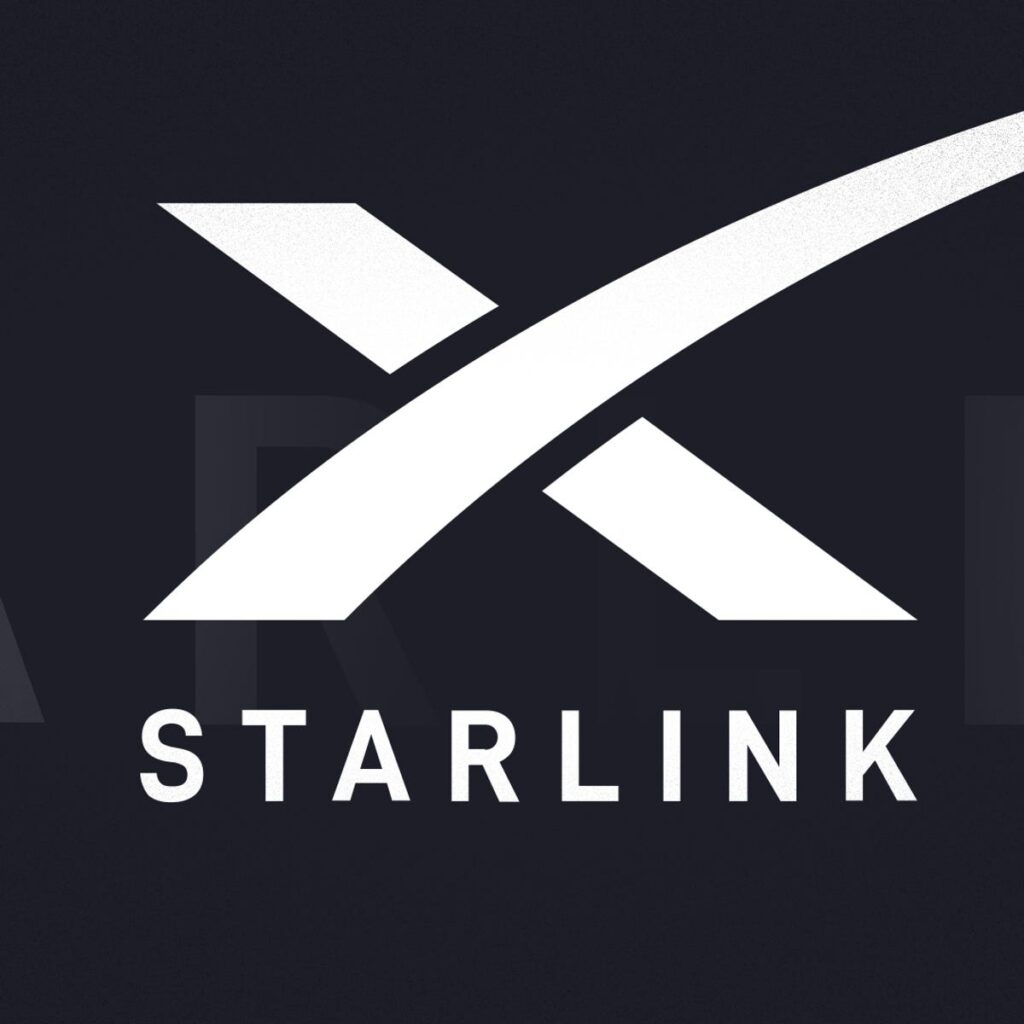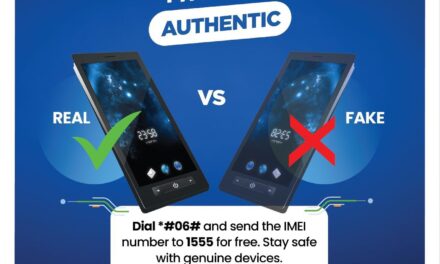
Elon Musk’s Starlink Direct-to-Cell: A New Era of Global Mobile Connectivity
Meanwhile, making the boldest move in the field of telecommunications, Starlink has started to roll out its satellite Direct-to-Cell service, ensuring the end of dead zones in mobile networks forever. What that means for the future of connectivity follows.

What is Direct-to-Cell Service?
Starlink’s latest venture involves satellites that function like “cell towers in space.” These aren’t just any satellites; they’re designed to connect directly to your existing mobile phone, providing a signal where traditional cell towers can’t reach. Whether you’re in the depths of a forest, on a remote island, or in the middle of an ocean, this service could keep you connected without any additional hardware.
Key Features:
- Seamless Integration: No need for new phones or accessories. Your current device will communicate with these satellites as if it’s speaking to a terrestrial cell tower.
- Global Coverage: The goal is to provide coverage everywhere on Earth, dramatically reducing or even eliminating areas without service.
- Emergency Communication: Imagine being lost or in distress in an area with no cellular service; now, help can be just a call or text away, no matter where you are.
The Beta Launch
Mark your calendars for 27th January 2025 when beta testing will get underway. This will, no doubt, prove a very critical phase of fine-tuning the technology to live up to the high expectations it has set. Early adopters will be dipping their toes into testing the waters and giving very valuable feedback on everything from signal strength to user experie
The Impact
- Economic Benefits: This will mean, in addition, that remote regions may finally get to experience economic growth whereby businesses, tourism, and even emergency services could have a greater chance of functioning effectively.
- Technological Challenges: While revolutionary in concept, there are indeed challenges to be met: latency, the guarantee of service quality, and the management of a satellite network which may grow into tens of thousands.
- Regulatory Landscape: That includes a lot of really complex issues, such as flying through international airspace, spectrum rights, and not interfering with other satellite communications.
- Environmental Considerations: More satellites mean concern about space debris. Responsible satellite management, including end-of-life strategies, will be paramount.
Look to the Future
If successful, Starlink’s Direct-to-Cell service could redefine our expectations of mobile connectivity. It is not just about staying connected; it is about safety, access to information, and democratization of technology. But with great power comes great responsibility, and the tech community will be watching closely, not just for the technological feats but also for how SpaceX handles the environmental and ethical implication
Conclusion
This puts us at the cusp of a new era in telecommunications courtesy of Starlink’s Direct-to-Cell satellites. Moving into the beta phase, the tech world holds its breath in anticipation. Will this service really take care of those very last remaining dead zones? Only time will be able to answer, but one thing is for sure-the sky is no longer a limit with mobile communication.
Watch this space for updates on this game-changing technology, and let us know in the comments section what you think about it. How do you think this is going to change the way we all live and communicate?
























